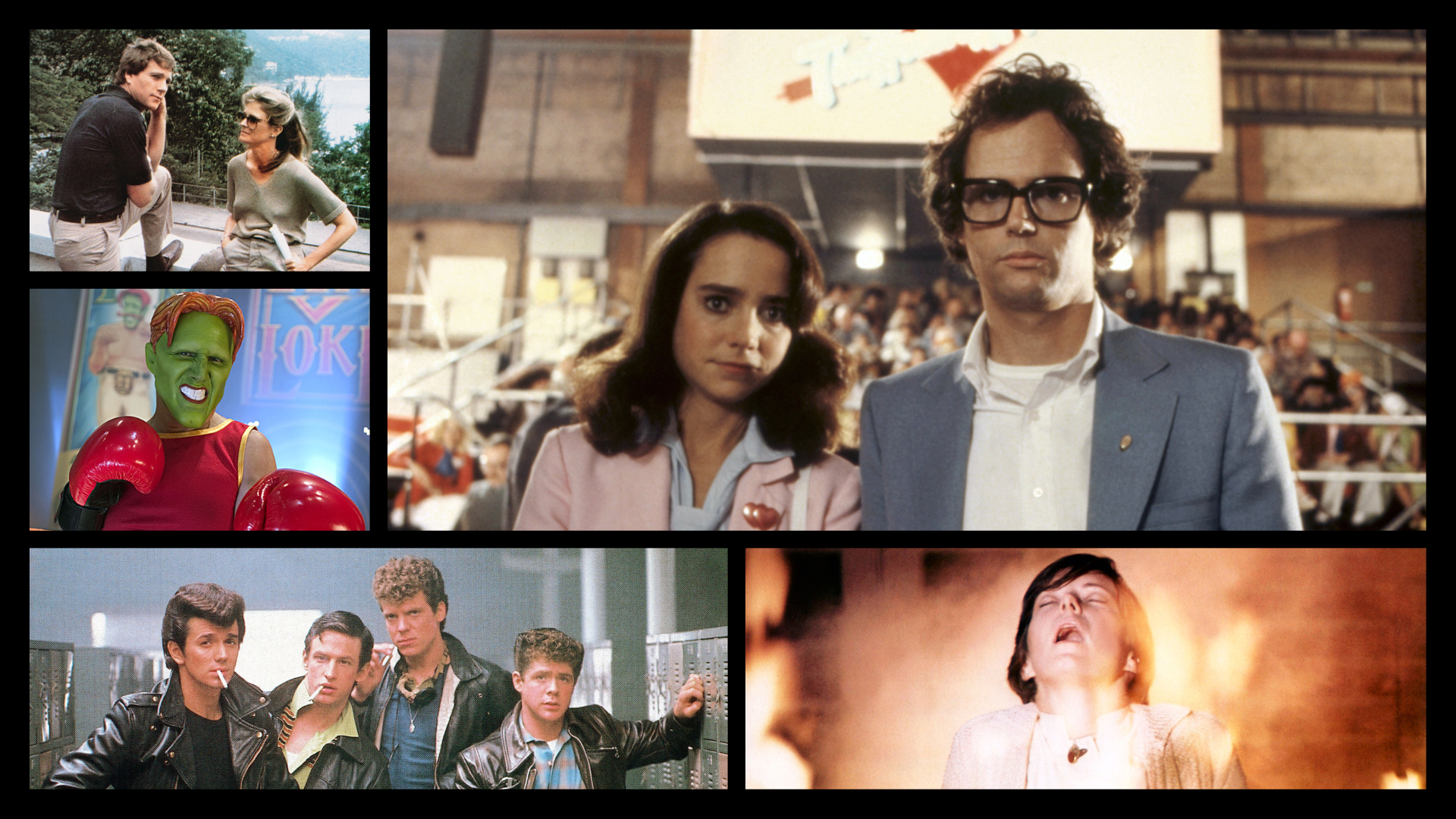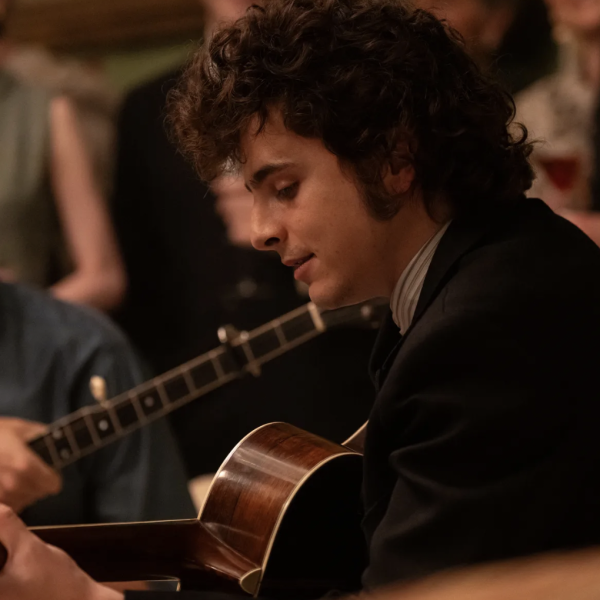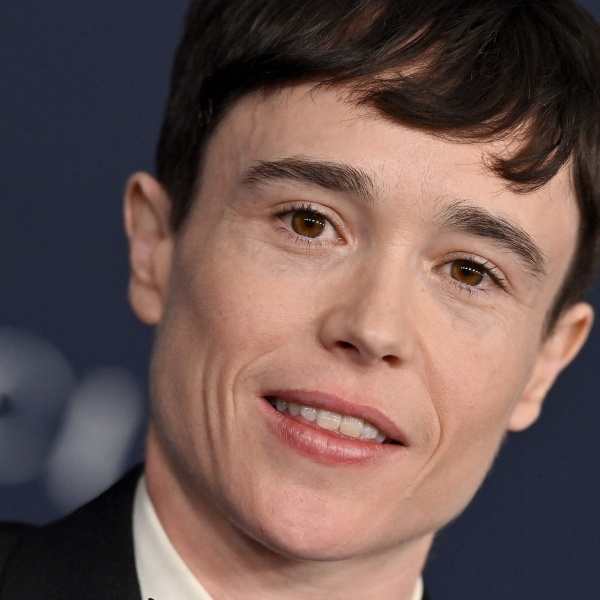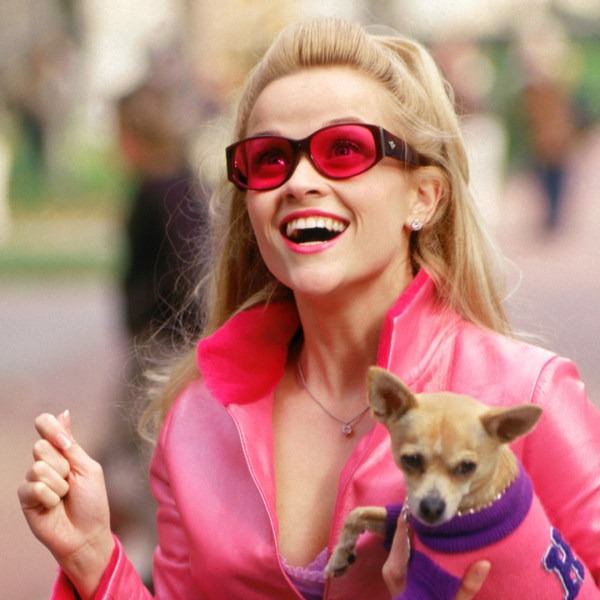Greta Gerwig’s smash hit “Barbie” (Warner Bros.) will easily make the list of the 100 biggest grossing domestic hits of all-time (adjusted for inflation), and if the film reaches a likely $600 million, it would then rank among the top 50.
Naturally, expectations for a sequel rose immediately. But the studio and Mattel executives need to be careful, because while that same list of the 100 all-time biggest hits includes 38 that had sequels, among those were some major duds, the kind that are looked back now with a “what were they thinking?” reaction. Some serious cinephiles may not even have heard of most of these flops, let alone seen them.
We’ve complied a list of 10 sequels (one, actually, a prequel) to major hits that failed at the box office. Eight of these sequels were spawned from entries on that list of 100 biggest domestic films ever. The common thread: a failure to reproduce most of the original elements that made the first film a hit. That’s something that sequels made in recent decades (often coming from first films that were already anticipating further efforts when they were made) rarely attempt.
The list below is in reverse order of smaller comparable gross for the sequel to the original. The grosses cited are unadjusted which means, since ticket prices always rise over the years, all films (in reality) took in a smaller percentage of the original than listed.
-
“Blues Brothers 2000” (1998) — sequel to: “The Blues Brothers” (1980)

Image Credit: ©Universal/Courtesy Everett Collection Gross: $14 million — 25% of original
Creative carryovers: Director John Landis, actor Dan Aykroyd, with both writing again
The moment had passed, and tragically so had original co-star John Belushi. The original appealed to fans of the iconic “Saturday Night Live” actor/comics, with a manic energy and musical synergy that was tough to replicate. Plus, an 18-year gap did it no favors, despite the overlap in talent.
Where to see: Various VOD platforms/$3.99
-
“Oliver’s Story” (1978) — Sequel to “Love Story” (1970)

Image Credit: ©Paramount/Courtesy Everett Collection Gross: $18 million — 17% of original
Creative carryovers: Actors Ryan O’Neal and Ray Milland, writer Erich Segal
When the tagline goes from “Love means never having to say you’re sorry” to “It takes someone special to help you forget someone special,” perhaps there’s a problem afoot. There’s a reason no one made a sequel to “Casablanca” — sometimes it’s best not to cash in. Again, a significant lapse of time between films and the absence of one of the two initial stars made this one tricky. Despite its Christmas release, the film got little traction and today is nearly forgotten.
Where to see: YouTube/$3.99
-
“Son of the Mask” (2005) — Sequel to “The Mask” (1994)

Image Credit: ©New Line Cinema/Courtesy Everett Collection Gross: $17 million — 14% of original
Creative carryovers: Actor Ben Stein
Were they out of their minds? Original star Jim Carrey — who appeared in both “Ace Ventura” and its sequel — turned this one down. Despite that, New Line spent $84 million ($140 million at today’s rates) on a film that featured Jamie Kennedy, best known at the time as Randy in the “Scream” series, in the lead. The result pleased nobody. It shared roots in the same Dark Horse comic books and some of the same frantic comedy as the original, but again — once was enough.
Where to see: Various VOD platforms/$2.99
-
“Exorcist II: The Heretic” (1977) — Sequel to “The Exorcist” (1973)

Image Credit: ©Warner Bros/Courtesy Everett Collection Gross: $31 million — 13% of original
Creative carryovers: Actors Linda Blair, Max von Sydow, Kitty Winn
When people think of failed sequels, this often is the first one that comes to mind. Oddly, it is the only film on this list to have possibly broken even (it was made for $14 million). Among all these sequels, it had by far the most advance interest, but its failure to satisfy those expectations led to immediate rejection by many. Still, its reputation has recovered somewhat since. One of the elements that audiences disliked was the score by Ennio Morricone (in one of his first American films). Though William Friedkin, William Peter Blatty, and Ellen Burstyn all refused to participate, it had John Boorman as director, with Richard Burton, Louise Fletcher, and James Earl Jones as hardly minor league replacements.
Where to see: Various VOD platforms/$2.99
-
“More American Graffiti” (1979) — Sequel to “American Graffiti” (1973)

Image Credit: ©Universal/Courtesy Everett Collection Gross: $15 million — 13% of original
Creative carryovers: Almost the entire case, except Richard Dreyfuss, including Ron Howard, Candy Clark, Cindy Williams, and Paul Le Mat
By the late 1970s, studios were looking to find titles for sequels that might avoid “2” title designations or similar signals of repetition. Adding “more” certainly didn’t spark any interest, but further suggested a retread. Without George Lucas, and replacing the key element of taking place over a single night (instead, the film hinges on multiple sections, with the older characters getting together on consecutive New Years Eves), the attempt to replicate the magic in the original failed. It was noted for its visual design (split screen, varying aspect ratio), and overall had a mixed critical response.
Where to see: Various VOD platforms/$3.99
-
“Grease 2” (1982) — Sequel to “Grease” (1978)

Image Credit: ©Paramount/Courtesy Everett Collection Gross: $15 million — 8% of original
Creative carryovers: Producers Allan Carr and Robert Stigwood; directed by Patricia Birch, choreographer of “Grease”
It turned out to not be the one what they wanted. With neither John Travolta or Olivia Newton-John returning, and a score not remotely in the league of the original, this floundered quickly after release. It did elevate the mostly unknown Michelle Pfeiffer, but Maxwell Caufield, earlier thought to be a rising star, never recovered.
Where to see: Paramount+, various VOD platforms
-
“Butch and Sundance: The Early Days” (1979) — Sequel to “Butch Cassidy and the Sundance Kid” (1969)

Image Credit: ©20thCentFox/Courtesy Everett Collection Gross: $5 million — 5% of original
Creative carryovers: Actor Jeff Corey, original writer William Goldman was a producer and uncredited wrote some of the script
Actually a prequel, and obviously without Paul Newman and Robert Redford, the film hinged on a new story about the start of their outlaw careers. This had a top director in Richard Lester (around the time he was deeply involved with the first two “Superman” movies). But despite their talent, young actors Tom Berenger and William Katt (both chosen in part because of some resemblance to Newman and Redford) had an impossible task in trying to capture the original spirit.
Where to see: Hulu and various other streaming sites
-
“The Sting II” (1983) — Sequel to “The Sting” (1973)

Image Credit: ©Universal/Courtesy Everett Collection Gross: $6 million — 4% of the original
Creative carryovers: Original screenplay writer David Ward
It’s the title and the milieu, but not the characters (much less another Newman/Redford pairing) in this decade-later release. The two conmen this time around were played by Jackie Gleason (who had revived his movie career as the sheriff in “Smokey and the Bandit”) and Mac Davis (who had film success just before in “North Dallas 40”). What was fresh and funny in the Best Picture-winning original did not hold up the second time around, and it was likely a hopeless endeavor with a different cast that couldn’t match the original duo.
Where to see: Various VOD platforms/$3.99
-
“Beyond the Poseidon Adventure” (1979) — Sequel to “The Poseidon Adventure” (1972)

Image Credit: ©Warner Bros/Courtesy Everett Collection Gross: $2 million — 3% of original
Creative carryovers: Producer Irwin Allen directed as well this time
Even with a cast that was no less of a draw than the one that populated the first film (led here by Michael Caine, Sally Field, and Telly Savalas), “Beyond” had the burden of coming at the end of the 1970s cycle of disaster movies (nearly as big then as Marvel films are today). The Poseidon is still afloat, and the plot of the salvage effort turns into an action story about different people fighting over valuables on board. The grandeur and scope, let alone the thrills and fun characterizations of the original, were long gone.
Where to see: Various VOD platforms/$3.99
-
“Shock Treament” (1981) — Sequel to “The Rocky Horror Picture Show” (1975)

Image Credit: ©20thCentFox/Courtesy Everett Collection Gross: $0— 0% of original
Creative carryovers: Director Jim Sharman, producers Lou Adler and Michael Winter, music by Richard Hartley, Richard O’Brien
“The Rocky Horror Picture Show” has never not been playing since its midnight show career started in the late 1970s. The result has been an (adjusted) gross of around $500 million, which gets added to annually. Its sequel (reprising some characters but not the actors) came perhaps too soon. The midnight boom for “Rocky Horror” took root in 1980, but remained a relatively small cult (many of the midnight attendees were repeat viewers). Still, 20th Century Fox was at a loss on how to release this, initially opting to go the same midnight route. Ultimately, it never got a mainstream release. Rabid fans of the original were not impressed, particularly without Tim Curry, Susan Sarandon, and Barry Bostwick.
Where to see: Currently unavailable





